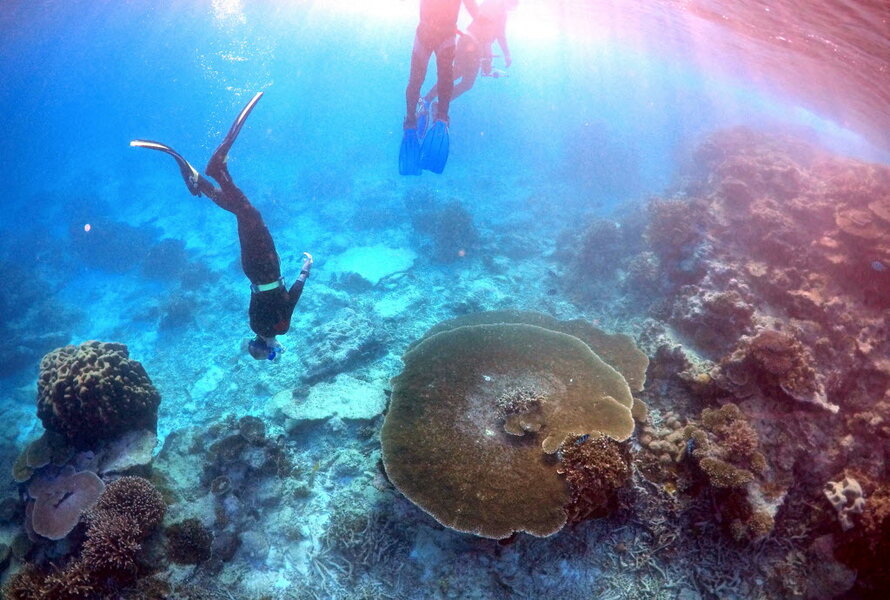Scientist discover a second Great Barrier Reef hiding behind the first
Loading...
It turns out the Great Barrier Reef is actually much larger than previously thought. Scientists have discovered a second reef located just North of the Great Barrier Reef. The newly discovered reef lies deep below the surface of the water and contains a field of large doughnut-shaped structures.
The discovery by a research team from James Cook University, Queensland University of Technology, and University of Sydney, used LiDAR data from the Australian Navy that allowed the researchers to map the area more fully.
“We’ve known about these geological structures in the northern Great Barrier Reef since the 1970s and 80s, but never before has the true nature of their shape, size and vast scale been revealed,” Robin Beaman, a marine geologist at James Cook University, said in a press release.
The second reef is made out of bioherms – circular mounds made of a green algae called Halimeda that calcifies as it dies and forms limestone flakes that accumulate over the years.
"What we found deep behind the Great Barrier Reef has amazed us.” Beaman told the German news service Deutsche Presse-Agentur.
Over the past 10,000-years the Halimeda has created a massive reef that covers 2,353 square miles running from the Torres Strait between Australia and New Guinea to north of Port Douglas in Australia – three times the previously estimated size.
"They form these fields of donut-shaped structures ... sometimes they're like singular circular rings, sometimes in groups of three or four,” lead author of the research paper, Queensland University of Technology's Mardi McNeil, told the Australian ABC News. He added that with the shallowest structures appearing at 20 to 50 meters deep, very few people, even scuba divers, have ever seen the reef before.
This discovery of this sensitive organism will give scientists the opportunity to study changes in the seafloor over the past 10,000 years including the impact of the increasing temperature and acidification.
“What does the sediment itself tell us about the past climate on the Great Barrier Reef? Just like tree rings – the rings can tell you the age of when it was formed and the environment it was formed in,” Beaman told ABC. “So you've got 20 metre-thick piles of sediment that can tell you an awful lot about past oceanographic history.”








